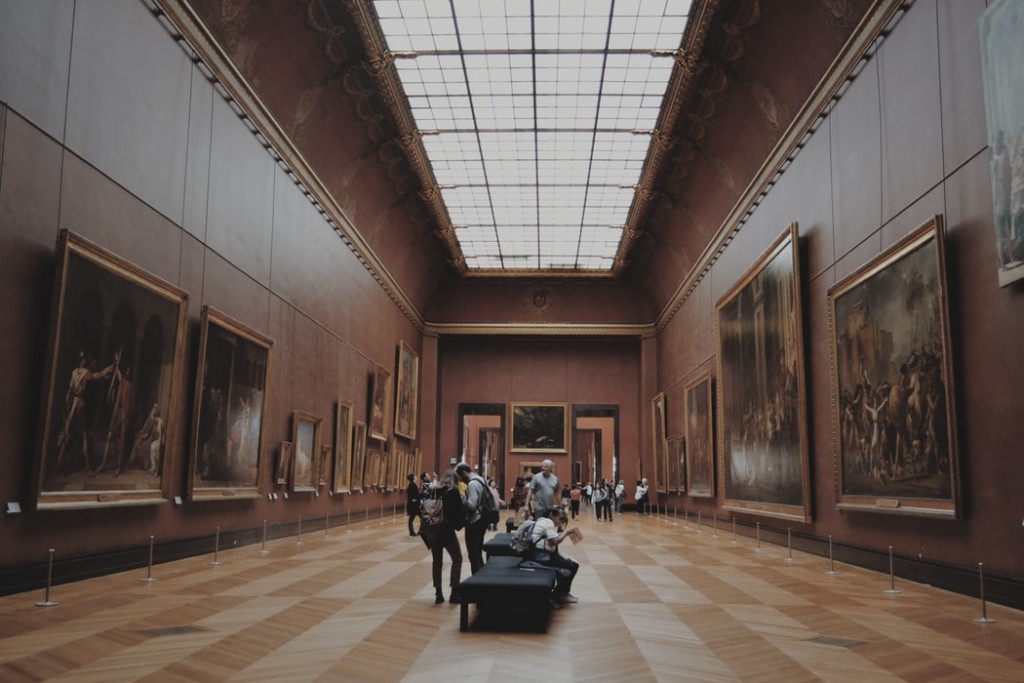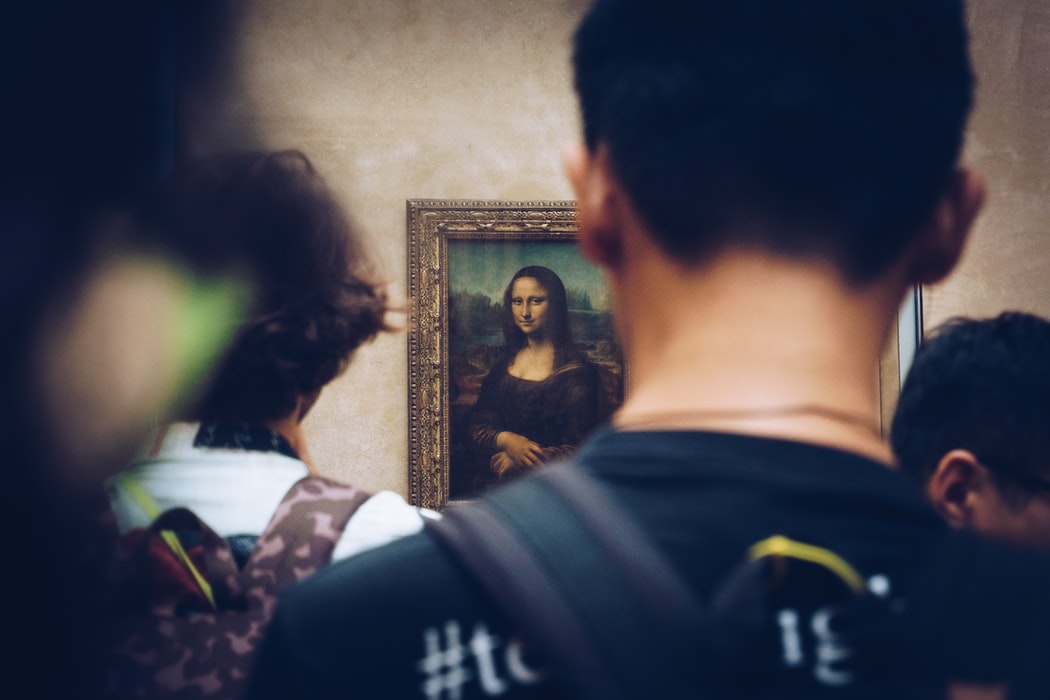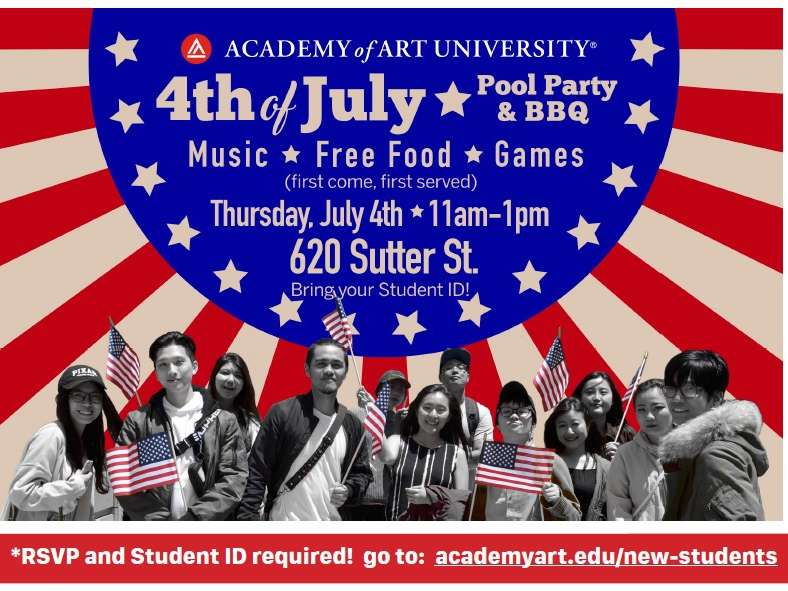Practical Values of Art History and Art Education
You’ve probably heard it before: there are no jobs for art majors, or that liberal arts degrees aren’t a worthwhile pursuit. It’s a common belief about art school—and it’s also untrue.
In actuality, degrees in art education or art history are extremely underrated and have unexpected practical values. Art school graduates are often very in-demand on the job market, and so can look forward to rich and varied career opportunities. In fact, unknown to most people, there are many public figures and famous entrepreneurs who received liberal arts educations; one of them was the highly innovative Apple founder Steve Jobs.
In our ever-evolving world, new roles requiring new skills constantly crop up. It’s practically guaranteed, therefore, that there are plenty more roles that are waiting in the future. Keep reading and below, you’ll see what makes art education and art history so important.
Why Art Education is Essential
Some may scoff at art education—especially these days when there is so much emphasis on STEM learning—but the truth is that this kind of learning is necessary to develop well-rounded students. Art school improves creativity, collaborative skills, cultural awareness, and empathy. The foundation of our modern educational system focuses on empowering younger generations while giving them fundamental skills and the right mindset to find their own way in life—and that’s exactly what art education offers them.
According to data from the National Center for Educational Statistics, 29 states across the U.S. define arts in their statutes or codes as a core academic subject. There’s a reason why arts are a core academic subject. Participation in artistic pursuits correlates with increases in critical thinking, reading and verbal skills, as well as gains in cognitive ability. Research from the Brookings Institute underscored this, showing that school students with increased educational experiences in art saw reductions in disciplinary infractions, and a 13% improvement to standardized writing test scores.

Within art education, you can take programs such as Academy of Art’s ARE 515 (Integrating Technology into Art Education) class to earn credentials that fulfill requirements of the California Art Teaching Credential. There are also degree programs available that allow you to earn California K-12 art teaching credentials along with your degree.
What Makes Art History Important?
There’s a misconception that art history is mainly regular historical studies, but actually, it focuses on art and humanities. Steve Jobs showed us how important these things are when he said, “It’s in Apple’s DNA that Technology alone is not enough. It is technology married with liberal arts, married with the humanities, that yields the results that make our hearts sing.”
In this line of study, students gain an understanding of why certain things are so important to us—and that’s important in the digital age where more and more people are reading and getting information from pictures instead of text. Visual communication with artistic elements has become very prevalent.
That’s what art history teaches you. You learn not only to be more creative, but more importantly, it enlightens you in a way that helps you see things differently and discover hidden messages. That’s an incredibly important skill in a world where it’s becoming ever more difficult to discern the truth from fiction.

Art History Goes Beyond the Frames of Galleries
Another misconception is that few employment prospects exist for students of art history. Eileen Everett, Academic Vice President of Liberal Arts at Academy of Art University, says in response to this issue:
“Art historians can work in a number of disciplines beyond the traditional avenues of teaching and research. From working in the movie, television and gaming industry as historical experts, to becoming advisers to fashion houses looking to incorporate historical elements in their newest collection, to advising private companies on their personal art investments, art historians are equipped to succeed in a great many fields.”
Eileen Everett, Academic Vice President of Liberal Arts
Fact of the matter is that there are plenty of practical applications for a degree from an online art college—and the potential careers awaiting are both rewarding and enriching. You’ll need certain skills in order to create a successful career in the arts, and that’s why art school is valuable. Ultimately, it gives you the knowledge and skills to succeed in these careers just as many liberal arts majors have done.
If you’d like to pursue a degree in liberal arts, request information to learn more about Academy of Art University’s art and design programs. Classes are available online or virtual on-site for summer and fall enrollment. Once you’ve evaluated your options and decided to join, get started on your application to join us!








